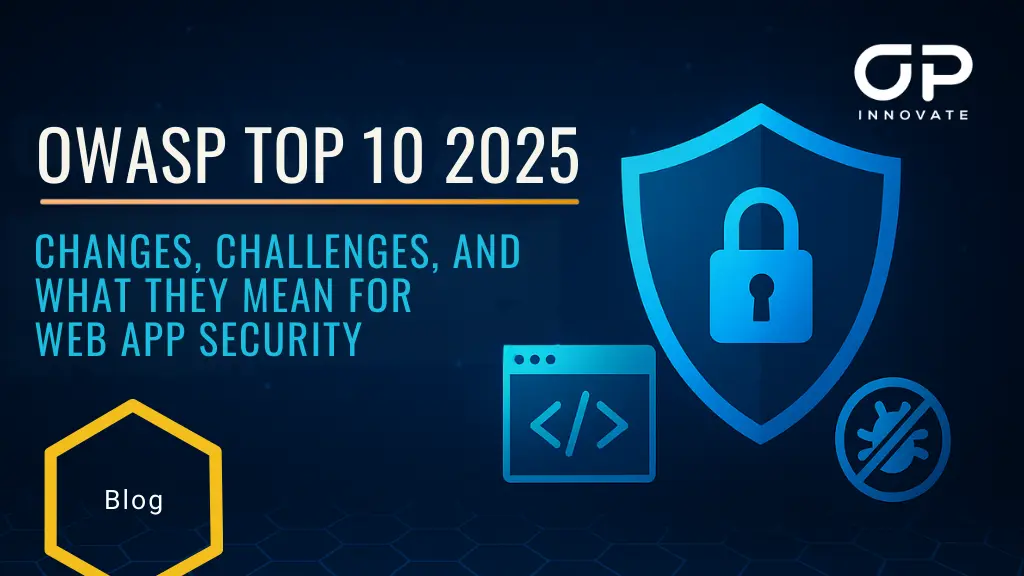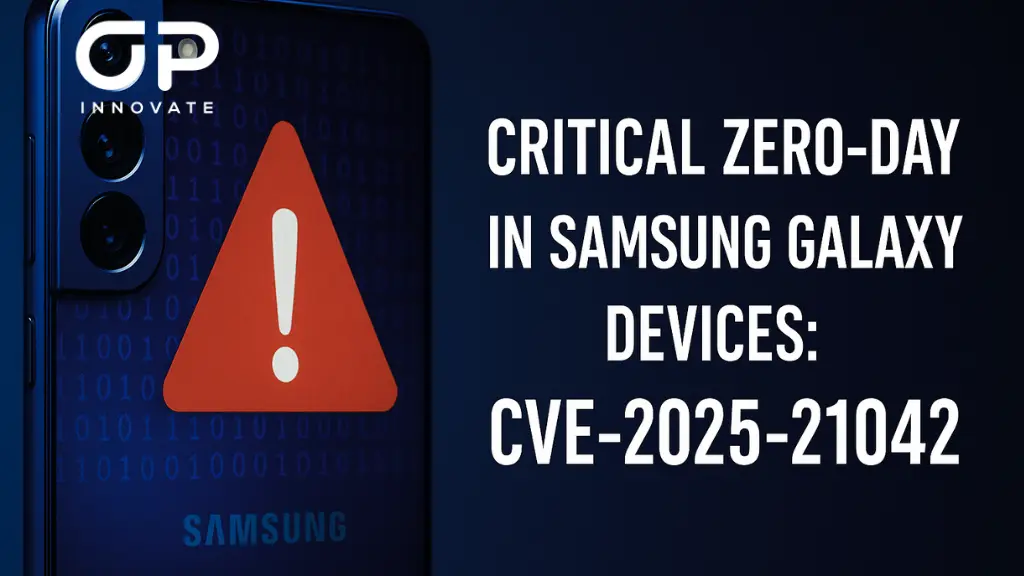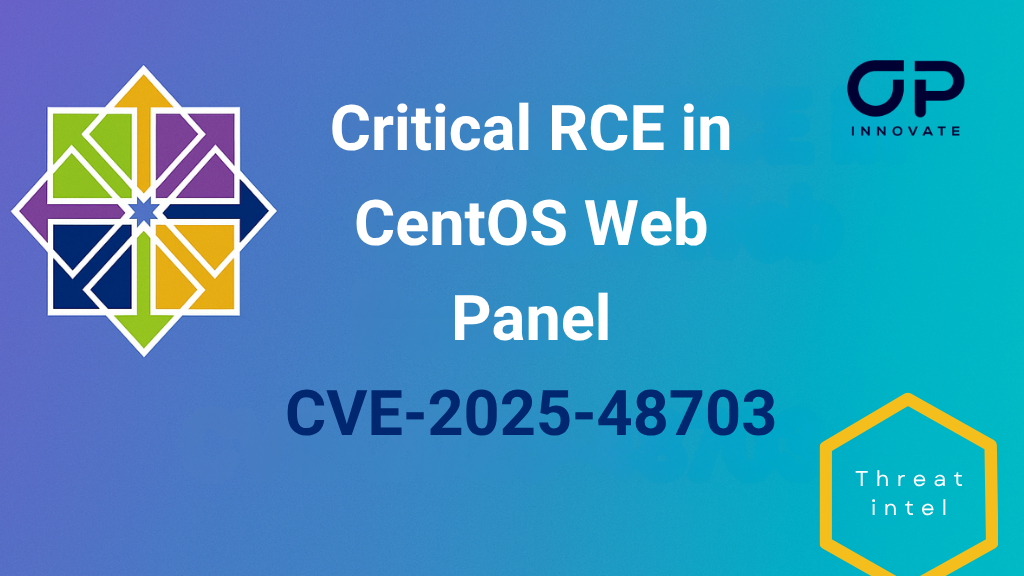Penetration testing is an essential component of an organization’s cybersecurity program. But the periodic snapshots that traditional testing provides are no longer effective in the dynamic, AI-driven threat landscape.
This has opened the door for a new, more effective way of doing penetration testing – Penetration Testing as a Service (PTaaS).
This post will go into detail about all of the features and benefits of PTaaS, and why it may be the best solution for organizations seeking a cost-effective, efficient, and continuous approach to managing their cybersecurity risks.
What is a PTaaS Platform and How Does it Work?
A PTaaS platform, or Penetration Testing as a Service, transforms how you approach security assessments by offering continuous and flexible testing options.
It combines human expertise with advanced automation to identify vulnerabilities effectively and efficiently. This approach enables organizations to reduce mean-time to remediation (MTTR) by providing rapid insights into security gaps.
Let’s break down how PTaaS works and explore its key components.
Definition of Penetration Testing as a Service
Offering a modern solution to security testing, Penetration Testing as a Service (PTaaS) provides organizations with ongoing access to expert vulnerability assessments. Unlike traditional penetration testing, which typically occurs a few times a year, PTaaS emphasizes continuous testing. This approach allows you to identify vulnerabilities in real-time, significantly improving your security posture by addressing issues as they arise.
PTaaS combines manual testing with automated tools, creating a comprehensive assessment of your systems. By leveraging a team of skilled ethical hackers, it mimics real-world attack scenarios to uncover weaknesses in your applications, networks, and infrastructure.
How PTaaS Works: A Step-by-Step Guide
When you engage a PTaaS provider, the process typically involves several key steps:
- The first step usually involves defining your security testing requirements. This allows the platform to tailor the penetration testing services to your specific needs.
- Next, both manual and automated testing methods are employed to uncover potential security flaws within your systems. The combination of these approaches enhances the accuracy and depth of the testing process.
- Once the vulnerabilities are identified, you’ll receive a detailed report highlighting the weaknesses along with actionable recommendations for remediation. The platform often integrates with your existing tools, making it easier to track the progress of fixes and updates.
- As new vulnerabilities are discovered, the PTaaS model allows for continuous testing, ensuring your security posture remains robust.
- Finally, the platform facilitates ongoing communication with security experts, providing you with insights and support in addressing the vulnerabilities found. This proactive approach to security testing not only strengthens your defenses but also fosters a culture of continuous improvement in your organization’s cybersecurity practices.
Key Components of a PTaaS Platform
At its core, a PTaaS platform integrates traditional penetration testing with modern tools for continuous security. This means you can conduct regular penetration tests rather than relying on infrequent assessments, allowing your security teams to always stay a step ahead of threat actors.
One of the main features is the seamless integration of vulnerability remediation processes. When vulnerabilities are identified during a penetration test, the platform provides actionable insights and guidance, ensuring your teams can address issues promptly and effectively.
The use of real-time reporting and dashboards allows you to monitor findings and track remediation efforts easily.
The main dashboard in OP Innovate’s PTaaS platform – WASP
Additionally, PTaaS platforms often leverage a community of ethical hackers, providing diverse perspectives and expertise that enhance the penetration testing process. This collaborative approach not only improves the quality of assessments but also fosters a culture of continuous improvement within your organization.
What are the Benefits of PTaaS Compared to Traditional Pentesting?
When you compare PTaaS to traditional pentesting, you’ll notice significant advantages in cost, scalability, and access to expertise.
PTaaS doesn’t just streamline the testing process–it also gi real-time insights that help you stay ahead of vulnerabilities.
This modern approach makes it easier for your team to adapt and respond to security challenges effectively. Additionally, the hybrid testing approach ensures comprehensive security evaluation by combining both manual and automated methods.
Cost-Effectiveness of PTaaS
Cybersecurity is essential, but it isn’t cheap. With so many solutions out there, security teams are blowing through their budgets quickly, which is why the cost-effectiveness of PTaaS compared to traditional pentesting becomes a crucial consideration.
PTaaS vendors operate on an agile and budget-friendly model without the high overhead costs you would get with a consultancy engagement. Most PTaaS platforms utilize a subscription model, allowing you to tailor your testing frequency to fit your budget and needs. This flexibility means you can conduct regular assessments without breaking the bank.
The combination of automated tools and human expertise offers a balanced solution that maximizes your investment.
Scalability and Flexibility of Penetration Testing Services
Scalability and flexibility are two of the most significant advantages of PTaaS over traditional penetration testing. With PTaaS, you can scale your pentesting efforts to match your organization’s needs. Whether you require a one-time assessment or ongoing evaluations, PTaaS allows for testing that adapts to your development cycles.
In contrast, traditional pentesting often involves rigid schedules and limited testing frequencies, typically occurring just once or twice a year. This can leave your systems vulnerable during long gaps between assessments.
The service’s scalability means you can initiate tests quickly, often within 24 hours, making it an agile solution that keeps pace with your development cycles.
A PTaaS approach fits perfectly with an agile development process, ensuring that security is embedded at every step of your projects.
Moreover, PTaaS integrates seamlessly with your existing security frameworks, including tools like SIEMs, ticketing systems, and CI/CD pipelines. This flexibility enables you to incorporate penetration testing without disrupting your existing workflows.
Access to Human Expertise and Real-Time Insights
PTaaS gives you the best of both worlds: the efficiency and speed of automated tools combined with the precision and experience of seasoned ethical hackers.
Automation is excellent at identifying low-level threats at scale, including common weaknesses, misconfigurations, and known exploits. On the other hand, human testers will dig deeper, uncovering more nuanced vulnerabilities.
This layered approach ensures a more thorough and accurate assessment of your security posture.
What Features Should You Look for in a PTaaS Vendor?
PTaaS can vary significantly from vendor to vendor, so it’s important to look for solutions that come with the features you need most.
Choosing the right PTaaS provider starts with assessing their offerings to see how well they align with your needs.
You’ll also want to evaluate their cost structures to ensure they fit within your budget while delivering value.
Finally, understanding their compliance and data security measures is crucial for safeguarding your sensitive information. Additionally, consider their access to experienced professionals with advanced skills to ensure a comprehensive assessment of your security posture.
Essential Pentesting as a Service Features
- Automation: Prioritize automation in the pentest process. Automated tools can streamline vulnerability assessments, making them faster and more efficient.
- Integration: Consider the vendor’s ability to integrate seamlessly with your existing SaaS tools. This integration can improve the visibility of vulnerabilities and facilitate quicker remediation.
- Reporting: You should also evaluate the quality of reporting. Detailed, actionable reports help you understand vulnerabilities and track progress over time.
- Continuous Testing: Ensure the vendor offers continuous testing rather than just periodic assessments. This approach allows for ongoing identification of security flaws, especially after code changes.
- Compliance Support: Check if the vendor provides support for compliance requirements, which can be crucial for adhering to regulations specific to your industry.
Qualifications of the Pentest Vendor’s Experts
Selecting a PTaaS vendor hinges on the qualifications of their pentest experts, as their skills and experience directly influence the effectiveness of your security assessments. You should prioritize vendors whose experts demonstrate strong qualifications in manual penetration testing, as their expertise will be crucial in uncovering vulnerabilities that automated tools might miss.
Look for individuals with relevant certifications, like OSCP or OSWE, which indicate a high level of technical proficiency and knowledge. A team certification like CREST is also an excellent indicator that you’re dealing with experienced professionals.
Most importantly, though, is that these experts are available to you when you need them. Some vendors may have amazing ethical hackers on their team, but if they’re not accessible during critical moments, their expertise is of little practical use.
Dashboard and Reporting Capabilities of a PTaaS Platform
A comprehensive dashboard and robust reporting capabilities are essential features to look for in a PTaaS vendor. You want a dashboard that provides real-time visibility into your security posture, making it easy to track vulnerabilities across your assets. The best platforms will offer intuitive interfaces, allowing you to quickly identify areas of concern and prioritize remediation.
Look for strong reporting capabilities that deliver actionable results. Your reports shouldn’t only highlight vulnerabilities but also provide context and guidance on how to address them effectively. This will help streamline your vulnerability management process.
A good PTaaS vendor should empower you with the insights necessary to make informed decisions regarding the most critical risks. An intuitive dashboard and advanced reporting features are essential for achieving this.
Evaluating PTaaS Cost Structures
Understanding the cost structures of PTaaS providers is essential for aligning your security budget with your organization’s needs. When evaluating potential PTaaS providers, consider their pricing models and how they fit within your budget constraints. Many providers offer a cost-effective solution through SaaS pricing, allowing you to choose plans based on your specific requirements. This flexibility can help you manage expenses while ensuring you receive the necessary security assessments.
Be aware of vendor variability, as prices and services can differ significantly between providers. Some may charge based on the number of tests or the complexity of the assessments, while others might offer flat-rate packages. It’s crucial to analyze what each provider includes in their offerings to avoid hidden costs.
Additionally, think about the long-term value of the service. A more expensive PTaaS provider might deliver higher-quality assessments and faster turnaround times, ultimately saving you money by reducing vulnerabilities and potential breaches.
Understanding Compliance and Data Security Requirements
Navigating compliance and data security requirements is crucial for selecting the right PTaaS provider that fits your organization’s needs. You need to ensure that the provider adheres to relevant security standards and regulations, especially if you’re handling sensitive data. A reputable PTaaS provider should demonstrate a clear understanding of compliance frameworks such as GDPR, HIPAA, or PCI-DSS.
When evaluating vendors, inquire about their data handling practices. This includes how they store, process, and protect sensitive information during testing. It’s essential that they implement robust measures to safeguard data, as any breach could have serious implications for your organization.
Additionally, consider the provider’s vulnerability remediation lead time. A shorter lead time means you can address identified vulnerabilities more swiftly, minimizing your exposure to risks. Look for providers that offer clear reporting structures and actionable insights to help you comply with security standards effectively.
Ultimately, choosing a PTaaS provider that aligns with your compliance and data security requirements will enhance your organization’s overall security posture and ensure you’re taking proactive steps to protect valuable assets.
How Does PTaaS Improve Your Security Posture?
PTaaS improves your security posture by continuously identifying vulnerabilities and keeping your defenses sharp against cyber threats.
With actionable remediation guidance, you can effectively mitigate risks before they escalate.
This proactive approach not only enhances your overall security but also integrates seamlessly into your existing security framework. Additionally, the integration of findings into development workflows enhances response times and ensures vulnerabilities are addressed promptly.
Identifying Vulnerabilities with PTaaS
By leveraging PTaaS, organizations can continuously identify vulnerabilities across their infrastructure.
The continuous testing approach of PTaaS allows you to identify vulnerabilities as they arise, rather than waiting for periodic assessments. By gaining visibility into these threats early, you can address them before they escalate into serious risks.
Additionally, PTaaS providers offer remediation support and guidance to help you fix all identified vulnerabilities swiftly.
PTaaS enables you to maintain an ongoing dialogue with your security team, which not only helps you stay ahead of threats but also fosters a culture of security awareness within your organization.
Mitigating Risks through Actionable Remediation
Effective risk mitigation hinges on actionable remediation, and that’s where PTaaS truly excels. By identifying vulnerabilities in real-time, PTaaS gives you the insights you need to enhance your security posture.
When a vulnerability is detected, PTaaS doesn’t just stop at reporting; it guides you through a tailored remediation process that includes recommendations for steps you need to take, and prioritization based on risk level so you know which threats to address first.
The detailed PTaaS reports break down vulnerabilities in detail and suggest straightforward steps for remediation.
Continuous testing means you’re not just reacting to vulnerabilities after they’re discovered; you’re preventing them from becoming issues in the first place.
What Are Common Use Cases for PTaaS?
PTaaS can be a game-changer for various security needs, especially when it comes to web application testing.
You can also leverage it for frequent assessments throughout your software development cycles, ensuring your code is secure before deployment.
Additionally, integrating PTaaS with other security measures enhances your overall defense strategy, keeping vulnerabilities in check.
Using PTaaS for Web Application Penetration Testing
Web applications, with their complexity and exposure to the internet, present unique security challenges that require specialized testing solutions. Leveraging PTaaS for web application penetration testing allowing you to adapt quickly to updates, new features, or changes. In your applications.
One of the standout benefits of PTaaS for web applications is its ability to perform real-time testing tailored to your application’s specific architecture and functionality. Whether it’s testing for OWASP Top 10 vulnerabilities, misconfigurations, or logic flaws unique to your application, PTaaS ensures that testing is not a one-size-fits-all approach.
Additionally, PTaaS platforms provide developers and security teams with actionable, detailed reports in real time. Unlike generic testing outputs, these reports prioritize findings based on risk severity and exploitability, and often include step-by-step remediation guidance.
Frequent Testing Across Software Development Cycles
Embedding continuous penetration testing throughout your software development lifecycle (SDLC) helps you identify vulnerabilities early and often. PTaaS model allows for testing across various stages of development, ensuring that security isn’t an afterthought but a core component of your process.
You’ll benefit from immediate feedback on code changes, enabling your team to address vulnerabilities in real time. This integration fosters collaboration between developers and security professionals, which will inherently make your applications more secure and resilient.
The best part is that you can test as often as you need – there are no limitations as with traditional pen testing. Frequent testing across your development cycles allows you to stay ahead of potential threats while delivering secure software to your users.
Integrating PTaaS with Other Security Measures
A PTaaS solution can be easily integrated with your existing security measures, maximizing your ability to detect and remediate vulnerabilities.
PTaaS tools can seamlessly communicate with your current systems, such as SIEM platforms, vulnerability management solutions, and ticketing systems, to create a unified and efficient workflow.
Utilizing PTaaS not only complements your existing security initiatives but also enhances them. By aligning penetration testing efforts with your security programs, you can ensure that all teams are working toward a common goal of improved security.
Conclusion
In a world of rapidly evolving cyber threats, adopting a PTaaS platform can be a real difference maker for your organization’s security.
With continuous testing and real-time insights, you can proactively identify and address vulnerabilities before they’re exploited, and transform how security risk is communicated among your teams, streamlining the remediation of vulnerabilities that matter most.
Embracing PTaaS means staying proactive in your security measures, ultimately leading to a more resilient organization.
About OP Innovate and WASP
OP Innovate was established in 2014 to defend global enterprises from the increasing challenges of organizational cybersecurity. Our experience in the field is extensive with unmatched expertise in penetration testing, incident response, cyber research, training and forensics.
With headquarters in Israel, we rub shoulders with the best-of-breed in the field of cybersecurity, exposed to cutting-edge responses to today’s most critical cybersecurity concerns. This knowledge allows us and our customers to remain ahead of the curve.
In 2019, we introduced our all-in-one PTaaS platform, WASP. This platform revolutionizes the penetration testing process by combining advanced automation with expert analysis, enabling continuous vulnerability detection, real-time remediation insights, and seamless collaboration. With WASP, organizations can proactively address vulnerabilities and adapt to the rapidly changing threat landscape with confidence.









